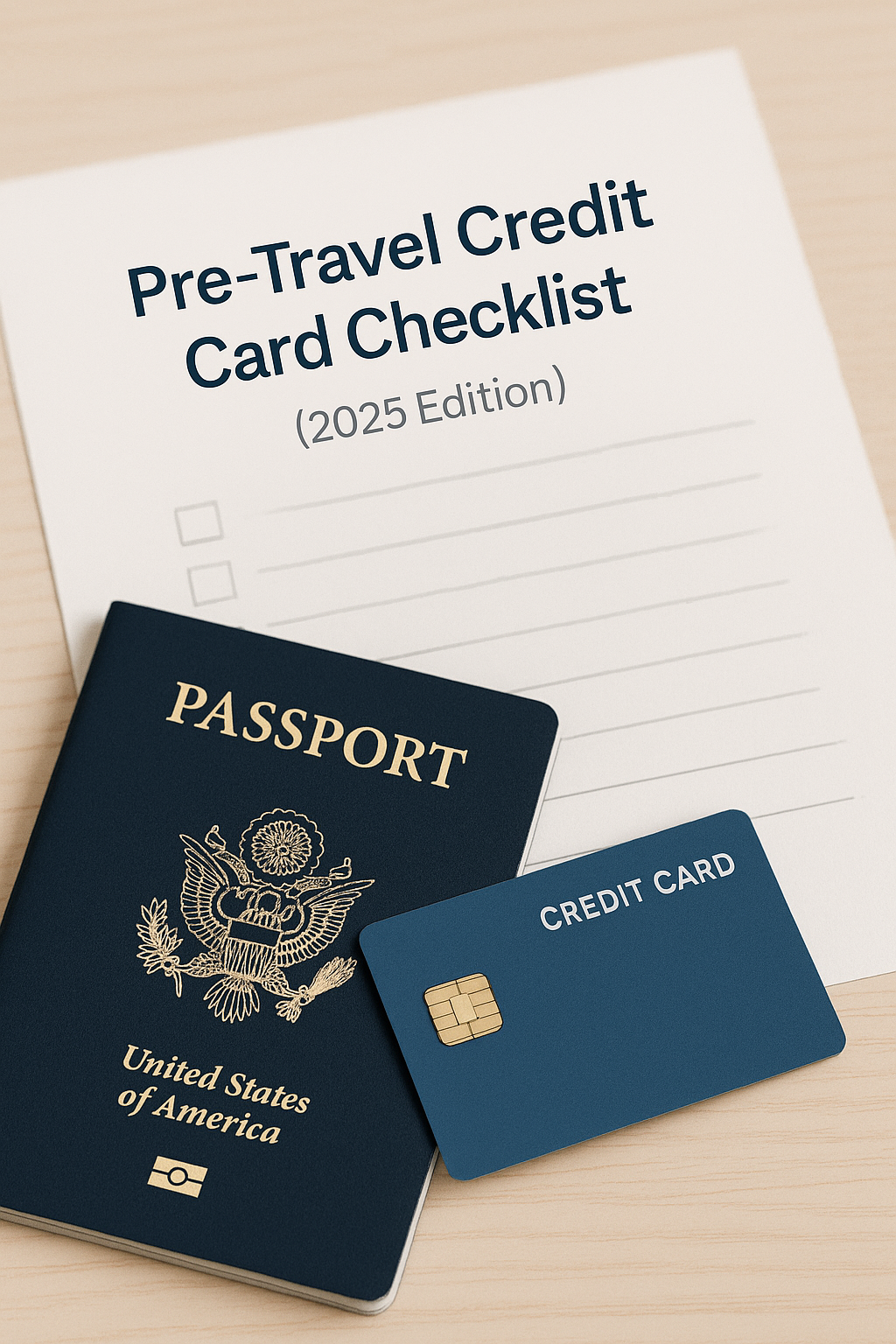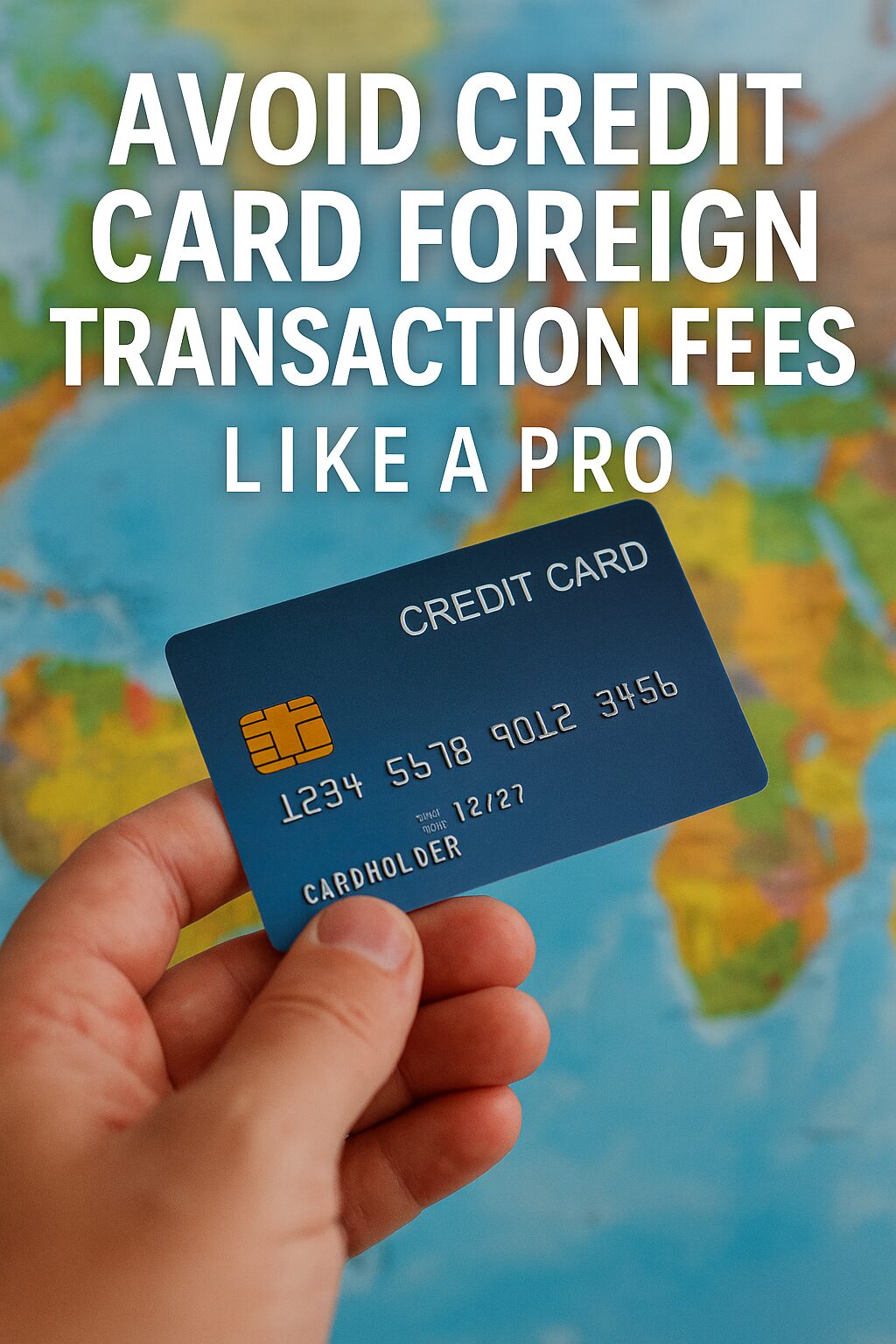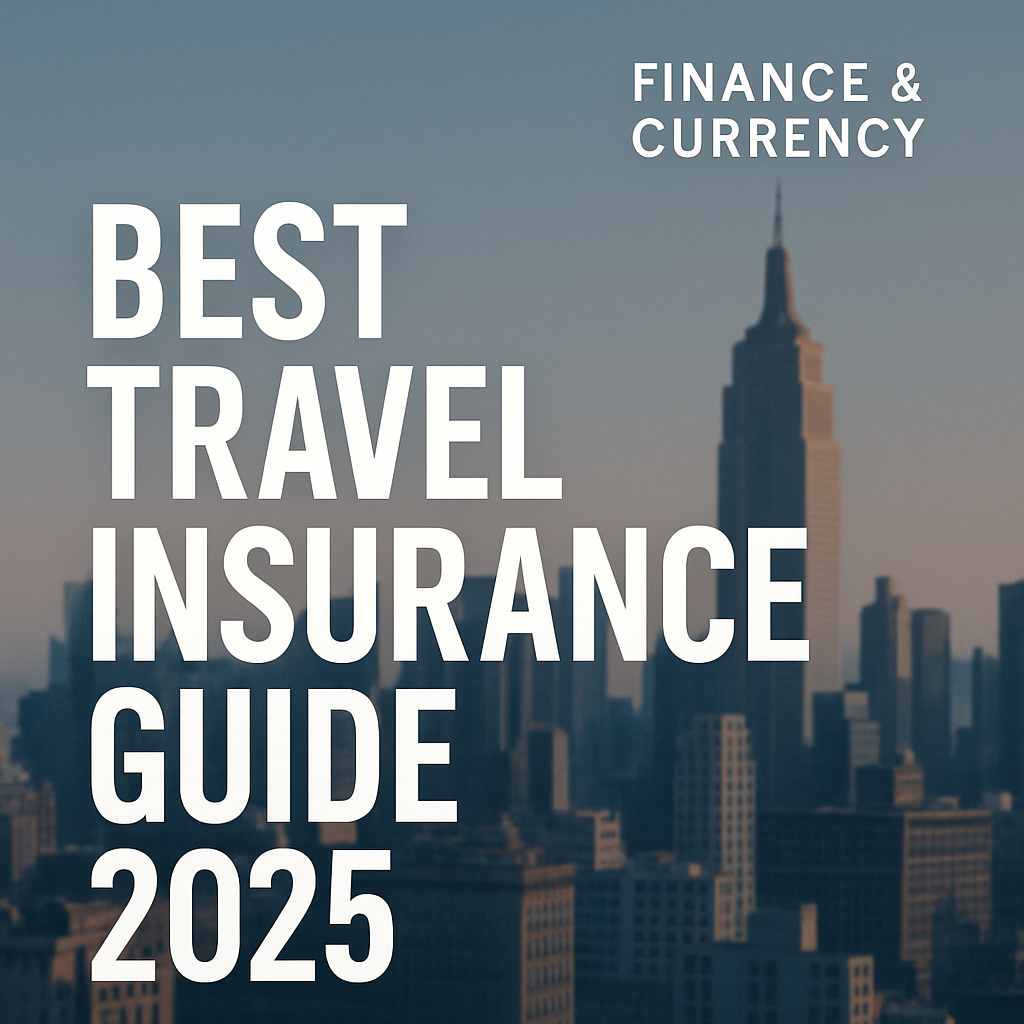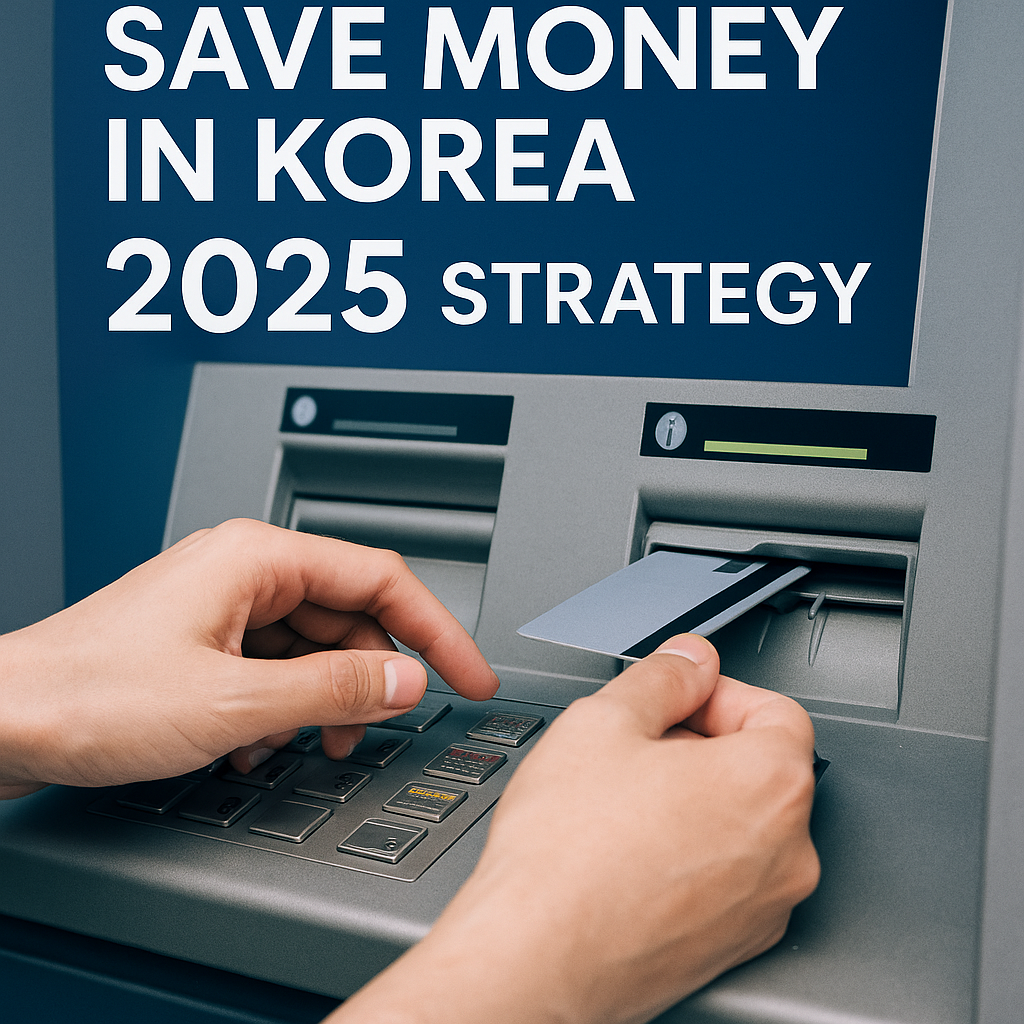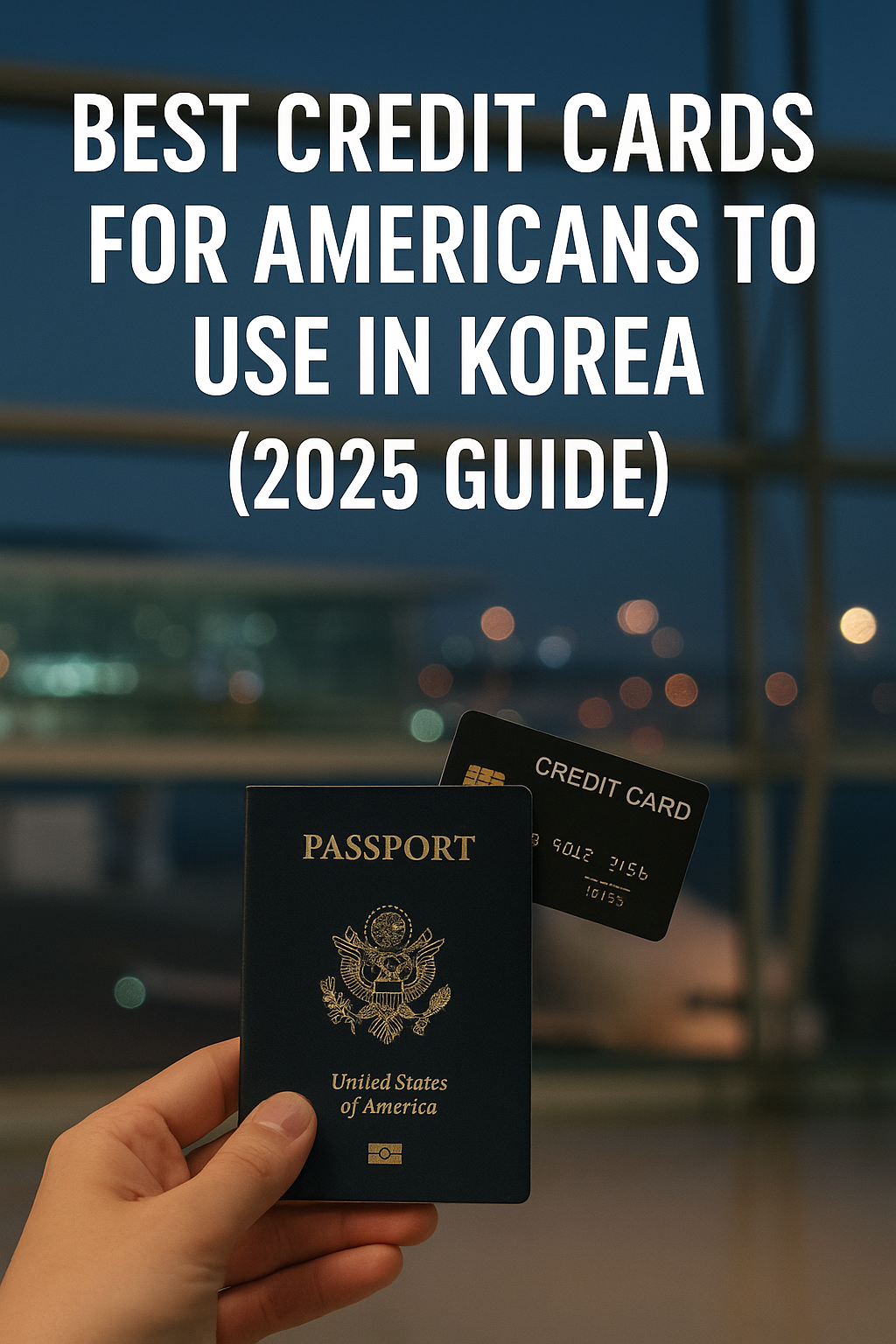Preparing your credit card before traveling abroad is just as important as packing your passport. A few simple steps can save you from hidden fees, card declines, or even financial emergencies overseas.
Use this ultimate checklist to ensure your credit card is 100% travel-ready for 2025.
1. Confirm Your Card Is Travel-Friendly
Does your card have 0% foreign transaction fees?
Is it widely accepted worldwide (Visa or Mastercard)?
Does it offer travel protections like trip insurance or emergency assistance?
If your card falls short in any of these areas, consider applying for a better one before your trip.
2. Notify Your Bank of Your Travel Plans
Set a travel notice online or via your bank’s app.
Provide the countries and dates you’ll be abroad.
Update your email and mobile number to a reachable contact.
This helps prevent your card from being blocked for suspicious activity.
3. Set Up Mobile Banking and Alerts
Download your bank’s mobile app.
Enable instant transaction alerts by SMS or app notifications.
Check your ability to lock/unlock your card remotely.
Real-time notifications can help you detect fraud immediately.
4. Check Spending Limits and Available Credit
Review your current balance and credit limit.
Ensure enough available credit for emergencies or unexpected expenses.
Consider requesting a temporary credit limit increase if needed.
Having extra available credit can be a lifesaver during long trips.
5. Understand Your PIN and Cash Access Options
Set a 4-digit PIN if you plan to use your card at ATMs.
Confirm whether your credit card allows cash advances (and understand the fees).
Prefer using a debit card for ATM withdrawals to avoid high credit card cash advance fees.
Some countries, like those in Europe, often require a PIN even for small credit card purchases.
6. Double-Check Billing Addresses and Expiration Dates
Make sure your billing address on file is current.
Verify your card expiration date won’t pass during your travels.
Request a replacement card early if it’s expiring soon.
Many international transaction systems verify your billing address, so any mismatch could cause declines.
7. Carry Backup Payment Options
Pack at least two different cards (preferably from different issuers).
Bring a debit card for ATM withdrawals.
Carry a small amount of local currency as backup.
Relying on a single card can be risky if it’s lost, stolen, or blocked.
8. Review Foreign ATM and Dynamic Currency Conversion (DCC) Policies
Know your card’s foreign ATM fees and preferred ATM networks.
Always choose to pay in local currency — avoid DCC traps.
Save a list of partner banks abroad that might offer fee-free withdrawals.
Understanding these policies beforehand will save you a surprising amount in fees.
Final Tip
Before you board the plane, go through this checklist carefully.
Taking just an hour to prepare your credit card can prevent weeks of financial stress during your trip.
In our next article, we’ll share the best credit cards for international travelers in 2025 — stay tuned!
